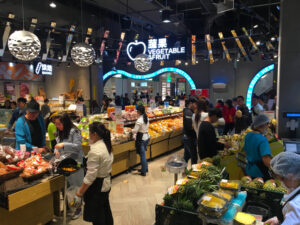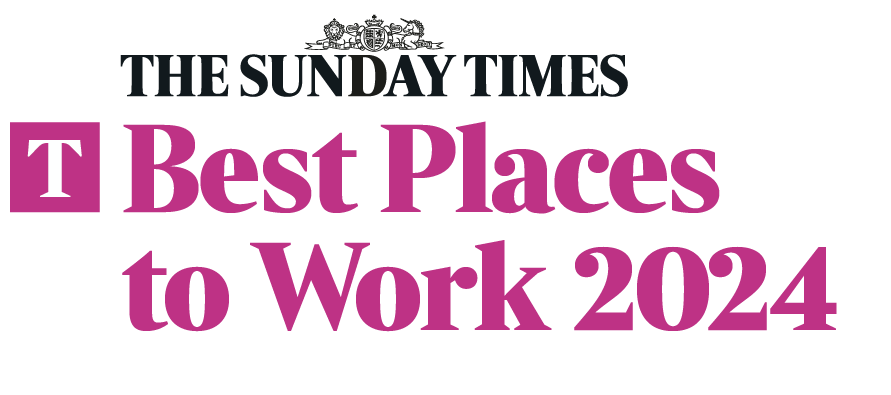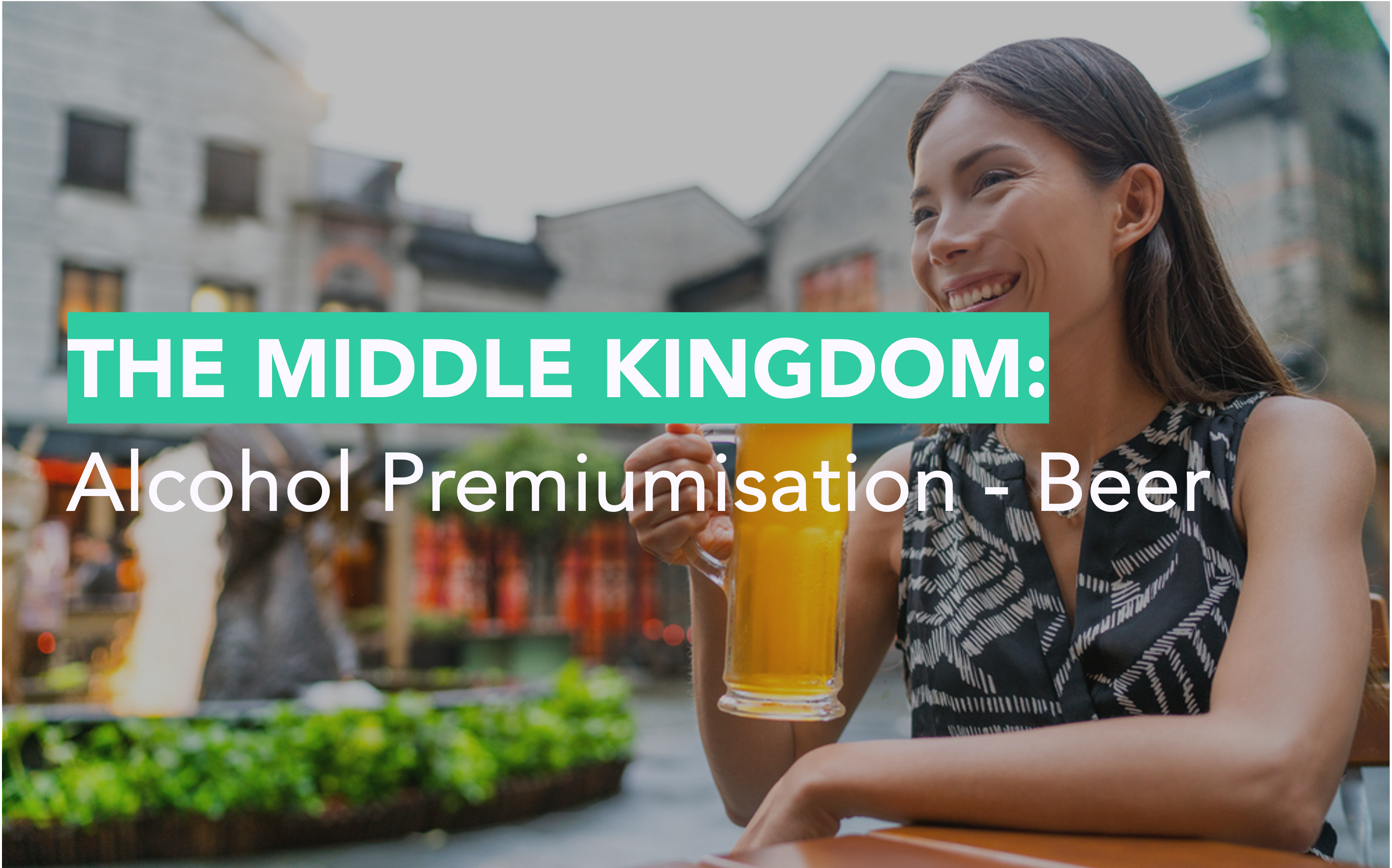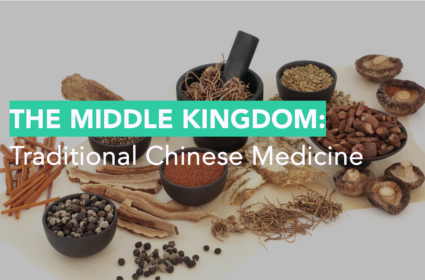Rational Spending: China’s Changing Middle Class

This article is part of our series on The Middle Kingdom. You can view the full series or download the report.
Welcome to the Middle Kindom
The Chinese name of China is 中国 (pronounced ‘zhong guo’) which translates literally to ‘Middle Kingdom’. This dates back to ~1000BC when the Chinese were in relative isolation from the rest of the world, separated by the Himalayan mountains in the southwest, the Gobi Desert to the north and the Pacific Ocean to the east. As such, Chinese people assumed they were at the centre of the world, and aptly named their country the ‘Middle Kingdom.’ Our goal in this blog is to provide everyone with bite-sized insights into China’s Culture, Customs, and Consumers.
The Drive for Better Value and Quality Among China’s Rising Middle Class
China’s middle class is expanding, with the population expected to reach 500 million by 2030 according to a 2021 report by Bain & Company. While their disposable income and purchasing power are increasing, economic pressure and living through COVID has impacted consumer behaviour – spending money frivolously is no longer considered a marker for rising quality of life. Instead, middle-class consumers are becoming more critical and thoughtful with their purchases by putting more time and effort into finding better quality and better value products and getting smarter about where they buy. This trend of more rational spending is not about getting the cheapest product but ensuring that when shoppers do spend money, it’s worth it!

While international brands were previously perceived as higher quality due to more stringent regulatory standards in foreign markets (particularly for FMCG and cosmetics), in recent years, domestic brands have been upping their game, leveraging their closeness to the consumer to rapidly innovate quality products and develop culturally relevant value propositions that play to Chinese consumers sense of national pride. But what can global brands do to tap into more rational spending behaviour?
- Make the benefits of your product tangible: With impulse purchases on the decline, brands need to dial up the messaging on the personal benefits consumers can gain from their products. In a post-COVID world, benefits centred around health and wellness are likely to land well. For natural food brands for example, this means promoting organic, free-range or grass-fed as better for your personal health vs better for the environment. While benefits at a personal level drive most purchases in China, messaging around sustainability and social responsibility is beginning to elevate the Chinese consumer’s ‘feel good’ factor by showing that ‘better for me’ can be ‘better for everyone’. Other ways to create tangibility is by highlighting new innovations and speaking to how they can make lives easier for the consumer – how your product help save time, money or energy?
- Be transparent Finding ways to be more transparent about ingredients and product origin will appeal to consumers making more informed decisions e.g. fresh products in local supermarket chain Fresh Hippo (盒马) have QR codes which lead to information on the farm-to-store journey of the product, including safety certifications and government food licences. The same QR also leads to live streams where customers can discover live streams with recipes and serving ideas. Similarly, L’Oreal recently announced plans to allow consumers to trace the raw ingredients in their make-up products to understand where they come from and how they are made. This level of transparency and education is designed to increase trust in the brand and push it further up the value chain for consumers.
- Level up (or down) through collaboration Chinese consumers are hungry for originality and limited-edition brand collaborations have become a favoured tactic by brands looking to broaden their reach. Popular bubble tea chain HeyTea recently collaborated with Fendi to create a luxury tea lounge in Beijing – elevating HeyTea with a limited-edition passion fruit, mango and green tea drink in a co-branded cup. Starbucks’ local rival Luckin’ Coffee has also announced a collaboration with Victoria’s Secret selling coffee cups emblazoned with pink wings (a nod to the lingerie models dubbed ‘angels’) ahead of their Victoria’s Secret show this September. These collaborations and experiences might seem novelty, but an exclusive or surprise experience can create more value for Chinese consumers. Why not try leaning on luxury brands to elevate your appeal?




